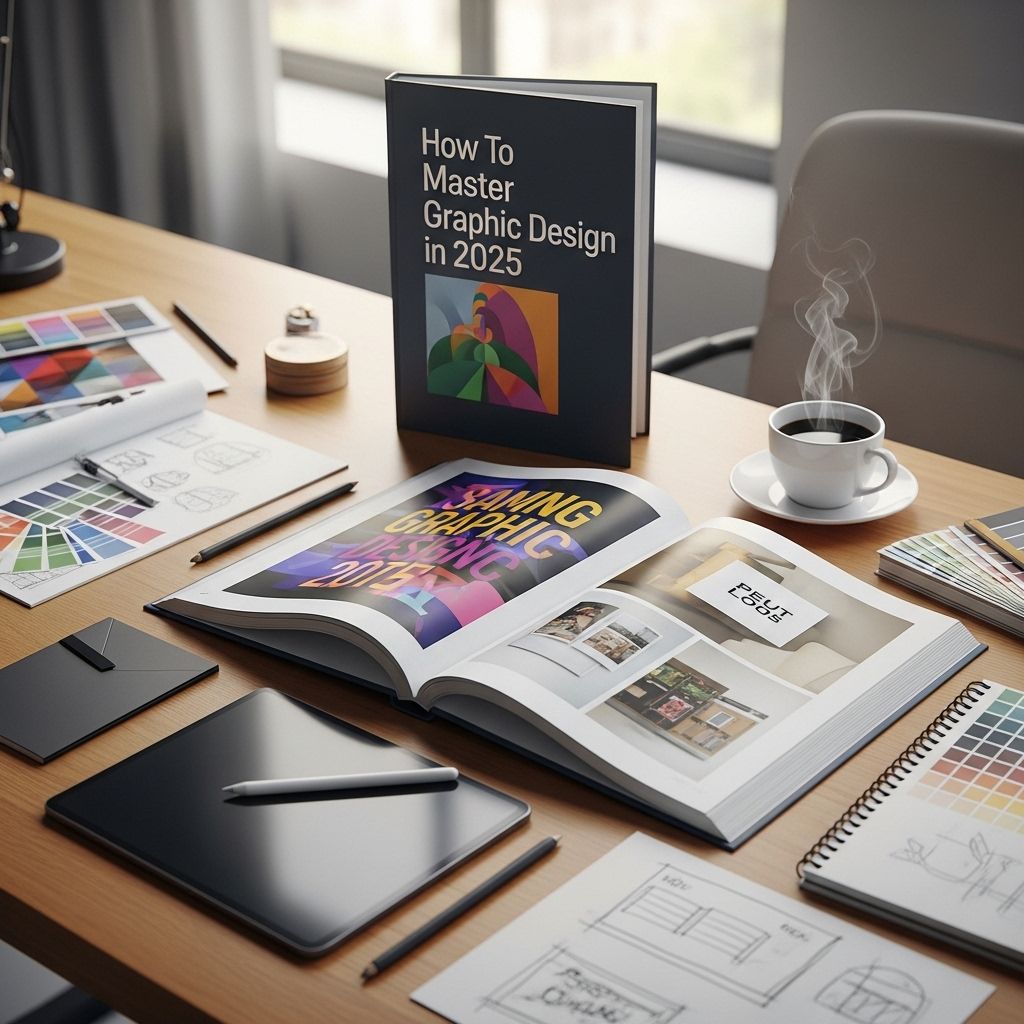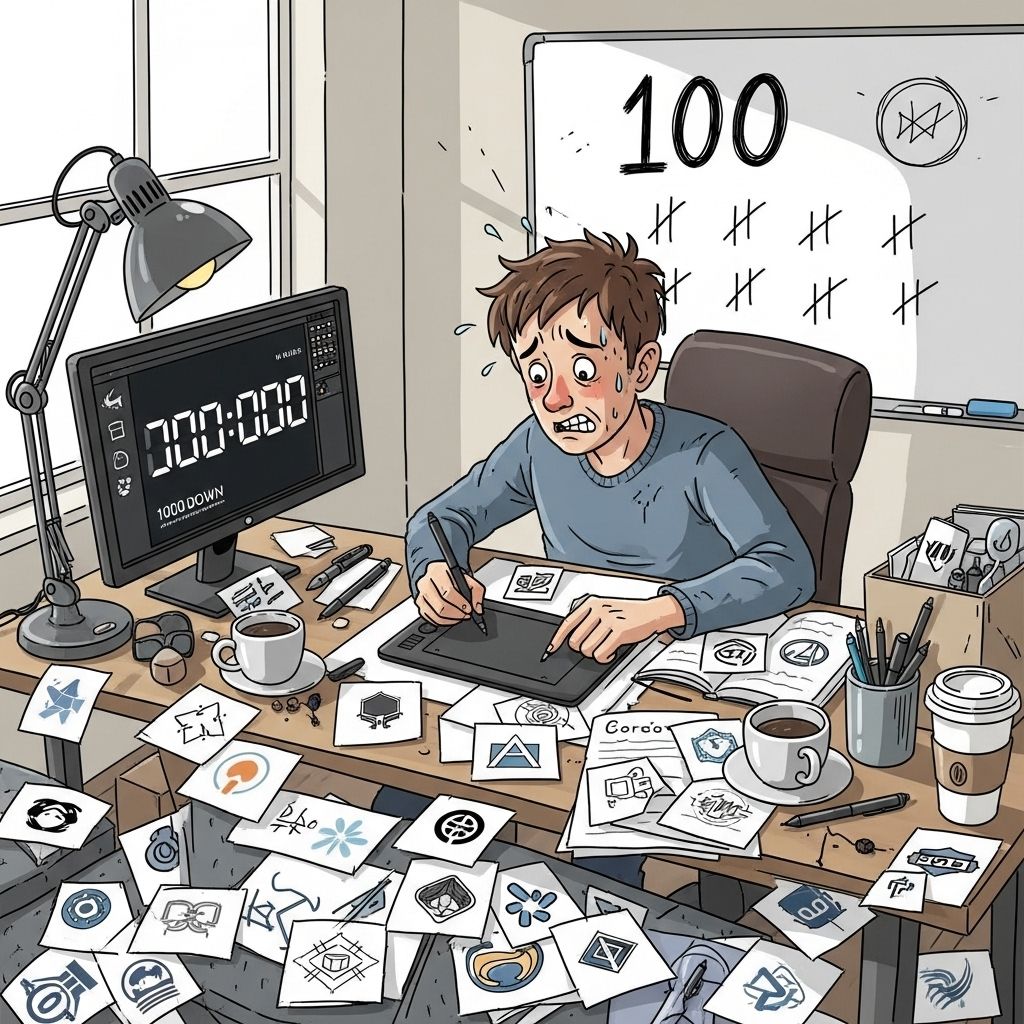As the world of visual communication evolves at a breakneck pace, mastering graphic design in 2025 demands a blend of technical skill, creativity, and an understanding of emerging trends. Graphic design is not just about making things look good; it’s about effectively communicating ideas through visuals. In this article, we will explore the essential steps, tools, and skills needed to thrive as a graphic designer in the coming years.
Understanding the Basics
Before diving into advanced topics, it’s crucial to have a firm foundation in graphic design principles. Here’s a brief overview of fundamental concepts:
- Color Theory: Understanding how colors interact and affect human emotions is vital.
- Typography: Mastering font styles, sizes, and spacing enhances readability and aesthetics.
- Composition: The arrangement of visual elements affects flow and focus.
- Branding: Knowing how to create designs that resonate with brand identity.
Essential Tools for Graphic Designers
In 2025, the market is expected to be flooded with advanced design tools that streamline workflow and enhance creativity. Here are some of the most popular tools:
Design Software
- Adobe Creative Cloud: The industry standard for graphic design.
- Affinity Designer: A strong alternative for vector design.
- Canva: Ideal for quick designs and social media graphics.
- Figma: Excellent for collaborative design projects.
- Sketch: A favorite among UI/UX designers.
Hardware Requirements
| Device | Specifications |
|---|---|
| Laptop/Desktop | Intel i7 or higher, 16GB RAM, 512GB SSD |
| Graphic Tablet | Wacom Cintiq or similar for precision drawing |
| Monitor | Color-accurate display, minimum 4K resolution |
Staying Ahead of Trends
The graphic design landscape is continuously evolving. To stay relevant, designers must keep an eye on the latest trends:
Emerging Trends in 2025
- Augmented Reality (AR): Integration of AR in design projects for interactive experiences.
- 3D Design: Incorporating three-dimensional elements for depth and realism.
- Minimalism: Clean, uncluttered designs that communicate efficiently.
- AI-Powered Tools: Utilizing artificial intelligence to assist in design choices and experimentation.
Developing Technical Skills
Mastering graphic design isn’t just about tools; it requires a range of technical skills. Here’s how you can build these skills:
Key Skills to Learn
- Vector Graphics: Understanding how to create and manipulate vector images.
- Web Design: Learning the basics of HTML/CSS for better integration of designs into websites.
- Animation: Familiarity with motion graphics to enhance digital content.
- User Experience (UX) Principles: Knowledge of how users interact with designs.
Building a Strong Portfolio
Your portfolio is your calling card as a graphic designer. It should showcase your best work and demonstrate your range of skills. Here’s how to build an impressive portfolio:
Steps to Create a Portfolio
- Select Your Best Work: Only include pieces that highlight your skills and creativity.
- Diverse Projects: Show a variety of styles and formats, including digital, print, branding, etc.
- Case Studies: Include a few projects that explain your design process and reasoning.
- Regular Updates: Keep your portfolio updated with new work to show growth.
Networking and Community Engagement
Networking is essential in the graphic design industry. Engaging with peers and professionals can open doors to opportunities:
Ways to Network
- Attend Conferences: Join design conferences and workshops to meet other professionals.
- Join Online Communities: Participate in forums and groups on platforms like Behance, Dribbble, and LinkedIn.
- Social Media: Share your work on Instagram and Twitter, and engage with other designers.
Continuous Learning
Graphic design is a field that requires lifelong learning. With changes in technology and trends, staying updated is crucial. Here are some ways to keep learning:
Resources for Continuous Education
- Online Courses: Platforms like Skillshare, Coursera, and Udemy offer courses on specific skills.
- YouTube Tutorials: Many designers share valuable tips and techniques for free.
- Design Blogs: Follow industry blogs and publications to stay informed about trends and best practices.
Conclusion
Mastering graphic design in 2025 is not just about having the right tools or skills; it’s about being adaptable, creative, and aware of the industry’s direction. By following these guidelines and committing to continuous improvement, you will be well on your way to becoming a proficient graphic designer capable of making a significant impact in the field.
FAQ
What are the key skills needed to master graphic design in 2025?
To master graphic design in 2025, you need to develop skills in typography, color theory, composition, and software proficiency, along with emerging skills like UX/UI design and motion graphics.
What software should I learn for graphic design in 2025?
In 2025, essential graphic design software includes Adobe Creative Suite (Photoshop, Illustrator, InDesign), Sketch, Figma, and emerging tools that leverage AI for design tasks.
How important is staying updated with design trends for graphic designers?
Staying updated with design trends is crucial for graphic designers as it ensures your work remains relevant, appealing, and competitive in a rapidly evolving industry.
Can online courses help me master graphic design?
Yes, online courses can provide structured learning, access to industry experts, and hands-on projects that are vital for mastering graphic design skills.
What role does networking play in a graphic designer’s career?
Networking is essential for graphic designers as it helps build connections, gain referrals, and access job opportunities, workshops, and collaboration projects.
How can I build a strong portfolio as a graphic designer?
To build a strong portfolio, focus on showcasing a diverse range of work, including personal projects and client work, and highlight your design process and versatility.




